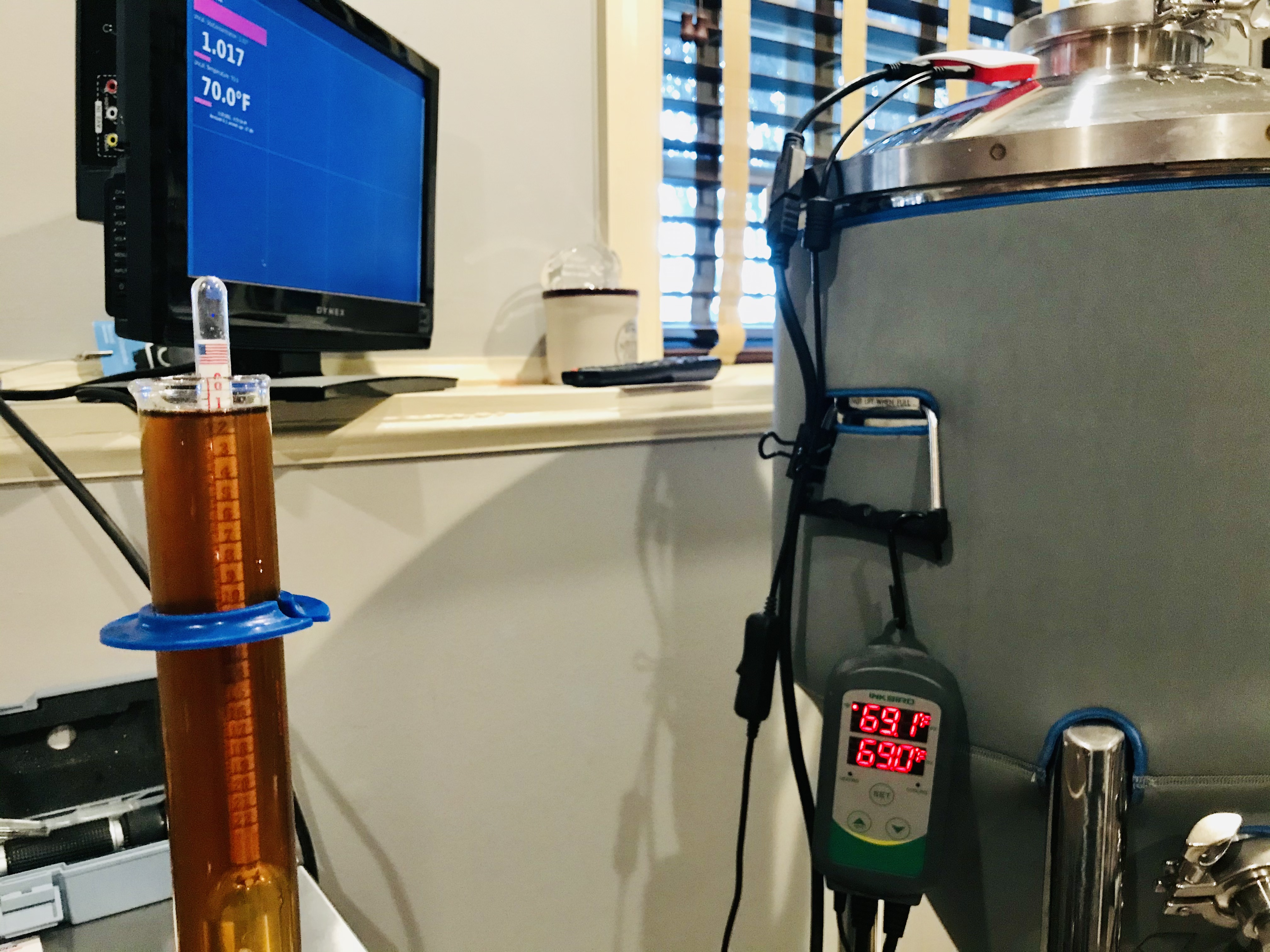rmr9
Well-Known Member
I’ll have to look through my old notes and see which videos worked for me. Mine had a cooling jacket but I removed it because it was gross looking and I don’t have the setup to even use it. I’ve half a mind to find some way to insulate the chamber but really I don’t mind tasting a quarter pint of warm kinda stale beer before I draw my “real” pint. My beer engine is an old hi-gene model which to my understanding isn’t manufactured anymore but RLBS still sells parts for them.
























































![Craft A Brew - Safale BE-256 Yeast - Fermentis - Belgian Ale Dry Yeast - For Belgian & Strong Ales - Ingredients for Home Brewing - Beer Making Supplies - [3 Pack]](https://m.media-amazon.com/images/I/51bcKEwQmWL._SL500_.jpg)




